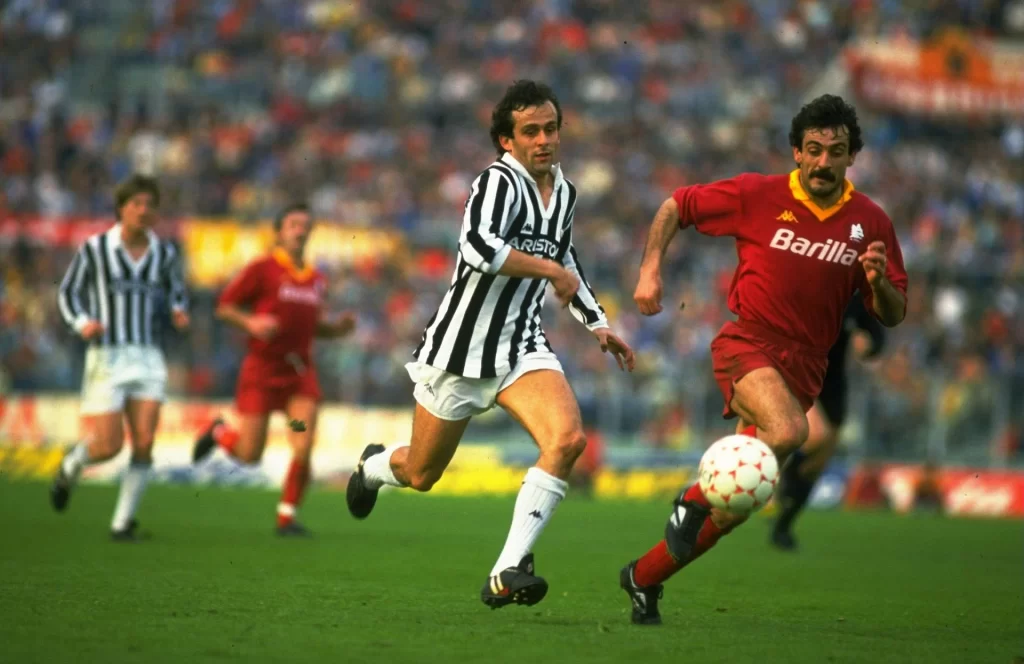In the dynamic realm of sports broadcasting, the pursuit of capturing the essence of the game has evolved into a quest for immersive experiences through 360-degree coverage. Gone are the days when spectators were confined to fixed camera angles and limited perspectives; today, technological advancements have ushered in an era where viewers are transported into the heart of the action, surrounded by the intensity and energy of the sporting event. With 360-degree coverage, every angle, every moment, becomes a canvas for storytelling, offering a level of engagement that transcends traditional viewing experiences. At the forefront of this revolution is virtual reality VR technology, which has emerged as a powerful tool in the arsenal of broadcasters seeking to deliver unparalleled immersion. Through VR headsets, fans can step onto the field, court, or track, and experience the game from the perspective of their favorite athletes. They can turn their heads to follow the action in real-time, feeling as though they are right there amidst the excitement. This level of intimacy not only enhances the viewing experience but also fosters a deeper connection between fans and the sports they love.

Moreover, 360-degree cameras strategically placed throughout the venue provide viewers with a panoramic view of the action, allowing them to explore every angle of the game at their leisure. Whether it is a crucial goal in soccer, a slam dunk in basketball, or a dramatic finish in a race, these cameras ensure that no moment goes unnoticed. Combined with VR technology, they offer a truly immersive experience that transports viewers beyond the confines of their living rooms and into the heart of the stadium. But 360-degree coverage is not just about putting viewers in the midst of the action; it is also about providing them with a comprehensive understanding of the game. Advanced analytics and augmented reality AR overlays complement the immersive visuals, offering insights and statistics in real-time. Whether it is tracking a player’s speed, analyzing the trajectory of a shot, or dissecting a play strategy, these features enhance the educational value of sports broadcasting, appealing to both casual fans and die-hard enthusiasts alike.
Whether it is a major sporting event or a local competition, viewers can immerse themselves in the action regardless of their location, breaking down barriers and fostering a global community of 레이저티비 sports enthusiasts. Beyond the realm of traditional sports, 360-degree coverage is also revolutionizing niche markets such as extreme sports and esports. From the slopes of a snow-covered mountain to the virtual arenas of competitive gaming, viewers can now experience the adrenaline-pumping thrills of these events like never before, thanks to immersive technologies that blur the lines between reality and fiction. In essence, 360-degree coverage represents the pinnacle of sports broadcasting, offering viewers a level of immersion and engagement that was once unimaginable. Whether it is through VR headsets, panoramic cameras, or interactive overlays, this technology has transformed the way we experience sports, bringing us closer to the action and redefining the boundaries of what is possible in the world of broadcasting. As the industry continues to innovate and evolve, one thing is certain: the future of sports broadcasting is boundless, and the possibilities for immersive experiences are endless.




